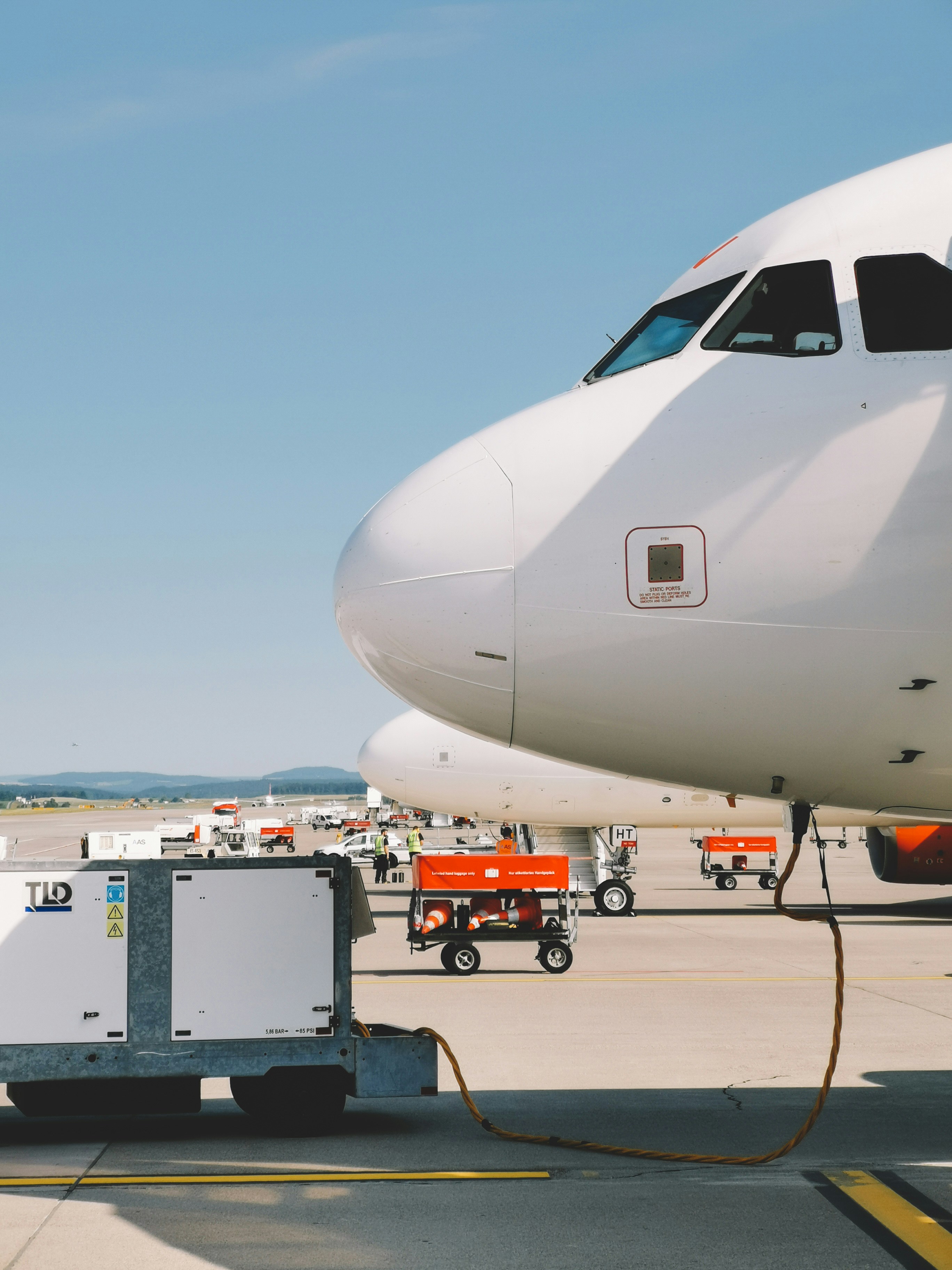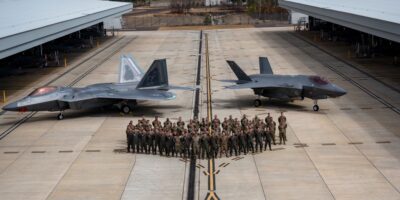Understanding the Commander 114B
The Commander 114B is a well-regarded aircraft in the realm of general aviation. Known for its balance of performance and comfort, it has carved a niche for itself among aviation enthusiasts.
Design and Features
The design of the Commander 114B is both practical and efficient. The aircraft boasts a sleek, low-wing configuration which contributes to its stable flight characteristics. The use of modern materials in its construction ensures durability and ease of maintenance.

- Length: 26 feet
- Wingspan: 32 feet
- Height: 8.5 feet
- Empty Weight: 1,950 pounds
- Maximum Takeoff Weight: 3,140 pounds
The aircraft is powered by a Lycoming IO-540-T4B5D engine. This six-cylinder engine generates 260 horsepower, allowing for a cruise speed of around 165 knots. Pilots appreciate the engine’s reliability and the robust performance it delivers.
Avionics and Technology
The avionics suite in the Commander 114B is modern and user-friendly. It features a comprehensive panel that includes essential navigation and communication tools. Pilots can easily manage their flight paths and communicate effectively with air traffic control.
- Garmin GNS 430
- King KX 165 NAV/COM
- KN 64 DME
- KR 87 ADF
- KFC 200 Autopilot
These avionics systems enhance situational awareness and assist in safer navigation. The integration of these technologies ensures that both seasoned and novice pilots can operate the aircraft with confidence.
Interior and Comfort
The interior of the Commander 114B is designed for comfort. The cabin can accommodate up to four passengers with ample legroom and headroom. The seats are cushioned and adjustable, making long flights more pleasant. The inclusion of large windows lets in natural light and provides a panoramic view, enhancing the overall flight experience.
Performance and Handling
The performance of the Commander 114B is appreciated by many pilots. The aircraft exhibits responsive handling characteristics, making it enjoyable to fly. It is capable of short field takeoff and landing operations, which broadens the range of usable airports.
- Takeoff Distance: 1,400 feet
- Landing Distance: 1,500 feet
- Range: 1,150 nautical miles
- Service Ceiling: 18,000 feet
The balance between speed, range, and payload capacity makes this aircraft suitable for various missions. Whether for business or personal use, it fits the needs of most general aviation pilots.
Maintenance and Cost
Maintaining the Commander 114B is straightforward. The use of widely available components means that parts are easy to find. Routine inspections and servicing are in line with industry standards, ensuring that the aircraft remains airworthy with reasonable upkeep costs.
The operational costs are moderate, owing to the efficient design and robust engine. Fuel consumption is around 13-14 gallons per hour, making it economical for both short and long flights.
Historical Context
The Commander 114B was introduced in the early 1990s. It was an evolution of the original Rockwell Commander 114, incorporating various improvements in avionics, aerodynamics, and interior comfort. The design changes aimed at keeping the aircraft competitive in a rapidly advancing market.
The Rockwell Commander series has been popular since its introduction in the 1970s. The series has a reputation for combining performance with luxury, making it a popular choice among private owners and flying clubs.
Market Presence
The Commander 114B remains a sought-after model in the used aircraft market. Its blend of features and performance ensures that it retains value well. Buyers look for well-maintained examples, often finding that this aircraft delivers a lot of value compared to newer counterparts in the same price range.
Many Commander 114B owners are enthusiastic about the aircraft’s performance and longevity. The community of owners is active, sharing tips and maintenance advice, which adds to the support network for new buyers.
Pilot Experience
Flying the Commander 114B is often described as a rewarding experience. The cockpit layout is intuitive, with controls and instruments easily accessible. The seating position offers a clear view of the instrumentation and the outside environment. The aircraft’s stability and handling characteristics make it suitable for cross-country flights and local jaunts alike.
Pilots transitioning from other single-engine aircraft find the Commander 114B to be accommodating. The aircraft’s performance parameters are well-suited for a range of pilot skills, from those recently obtaining their licenses to veteran aviators looking for a reliable and comfortable plane.
Training and Safety
Training for a Commander 114B typically involves understanding its systems, handling characteristics, and emergency procedures. Flight schools that use this aircraft provide comprehensive curriculums covering both ground and flight training.
The Commander 114B has a good safety record. Its design includes features that enhance safety, such as a robust landing gear system and efficient fuel management systems. Regular training is essential to maintaining operational safety, and the aircraft’s forgiving flight characteristics aid in this regard.
Conclusion
The Commander 114B stands out in the general aviation sector. Its balanced design, modern avionics, and comfortable interior make it a desirable aircraft for a wide range of pilots. With a combination of performance, reliability, and cost-effectiveness, it’s no wonder that this aircraft has a loyal following.




Subscribe for Updates
Get the latest articles delivered to your inbox.
We respect your privacy. Unsubscribe anytime.